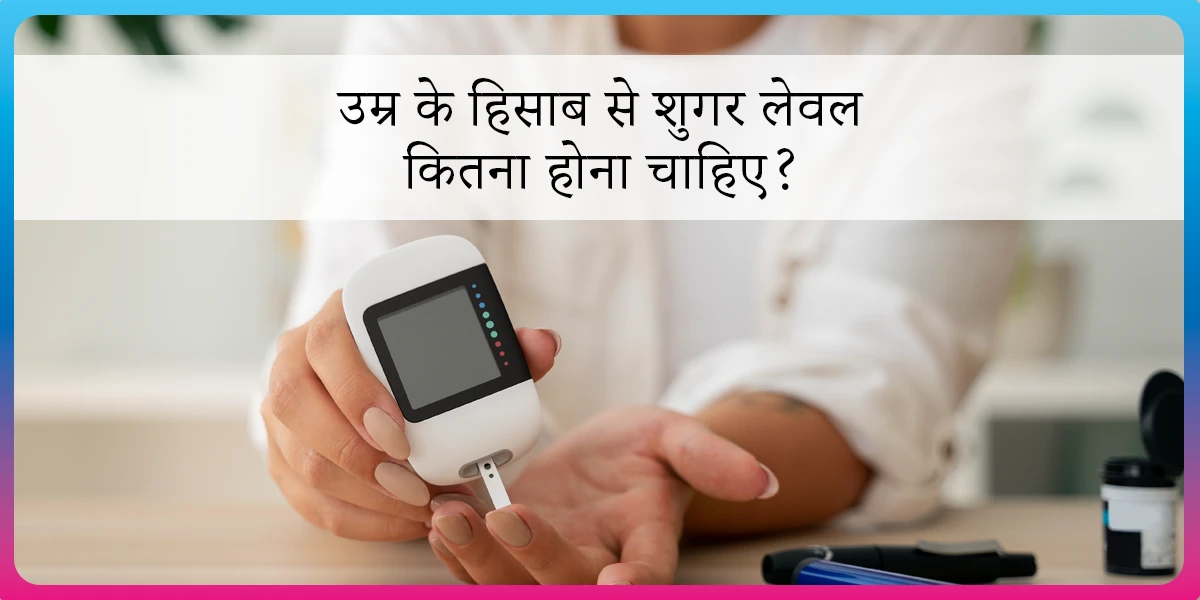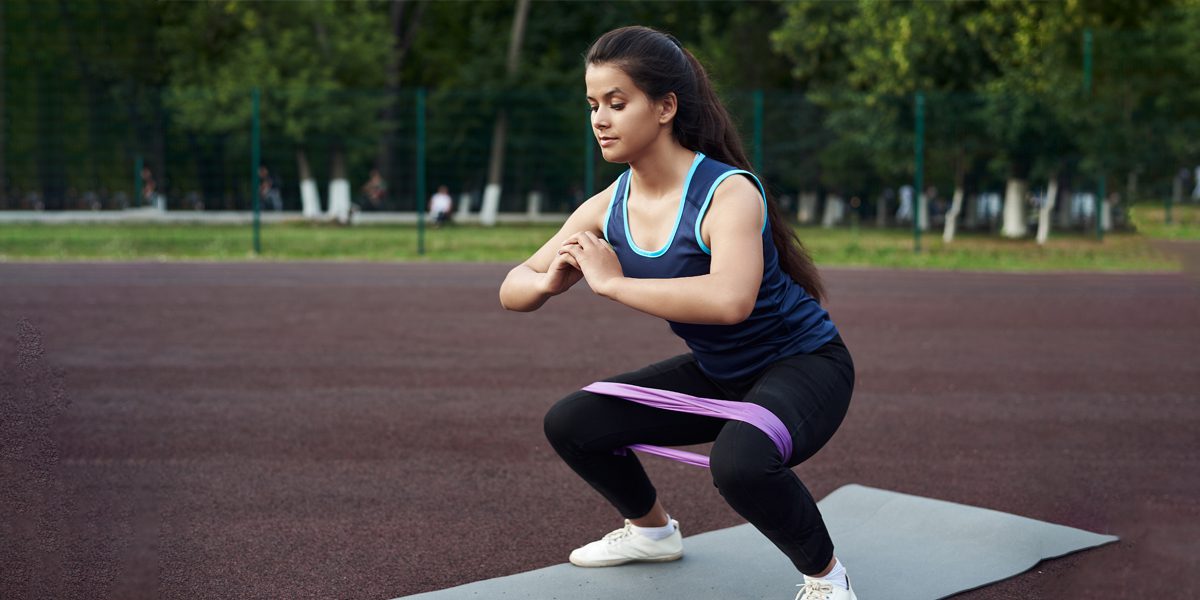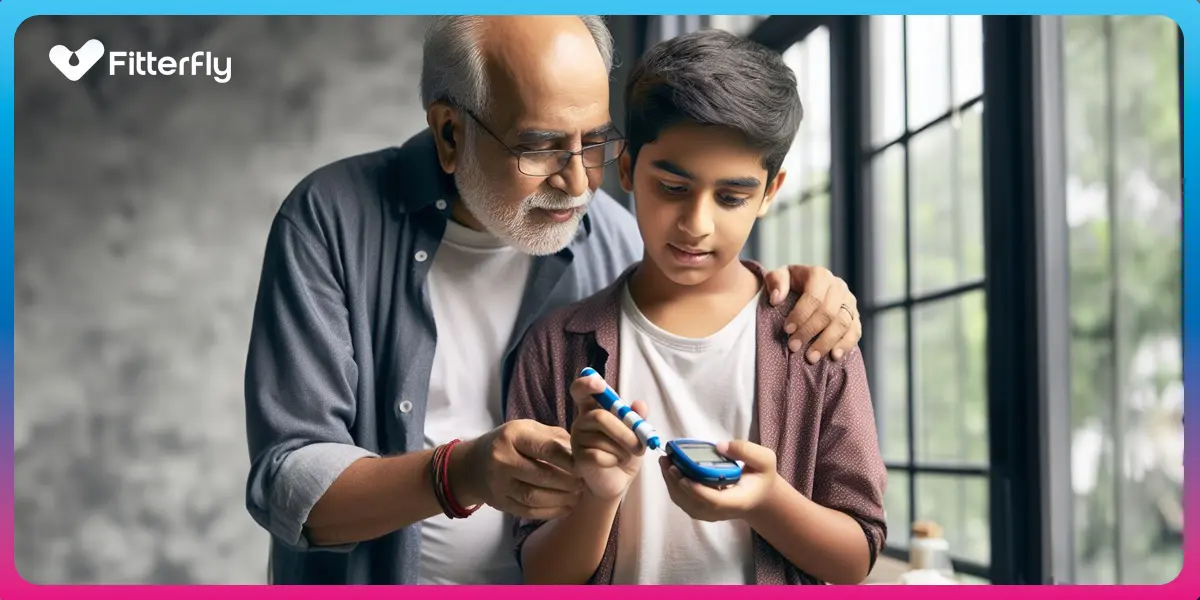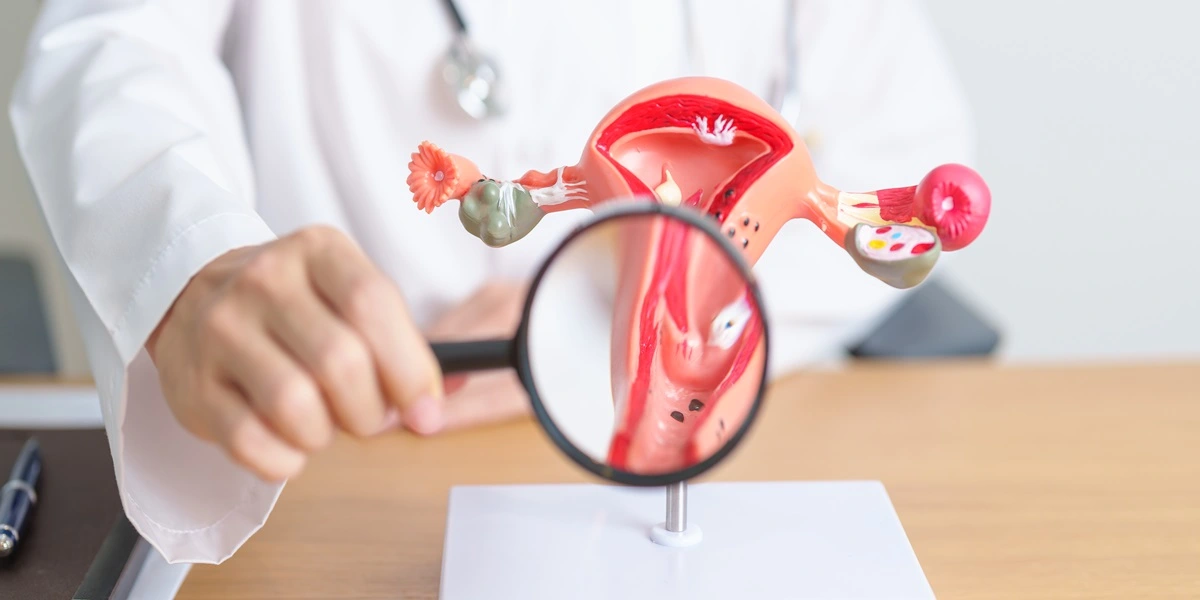A Comprehensive Guide to an Insulin Resistance Diet
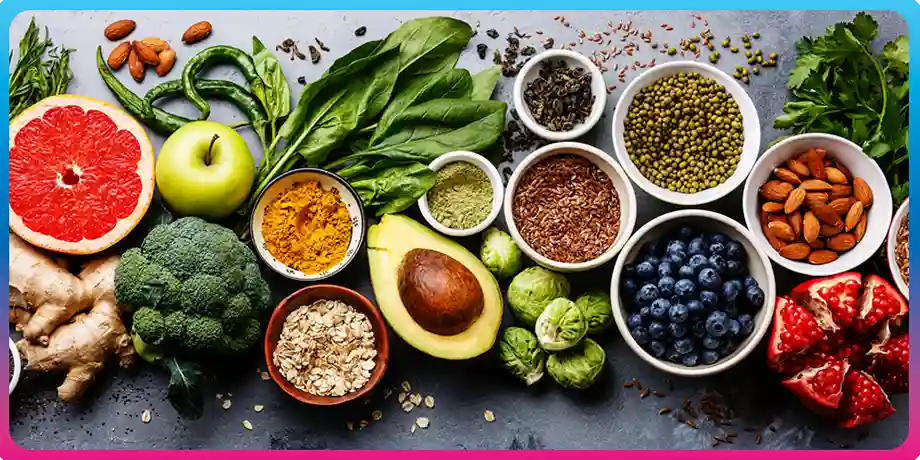
Have you ever thought about food as a secret code that can unlock your path to a healthier life? Well, it’s true, and today, we’re here to decode that secret, making it easy to understand for everyone to be guided well.
Imagine this as your personal journey into the world of an “Insulin Resistance Diet,” where you’ll learn how to make better food choices, especially when you’re surrounded by the mouthwatering flavors of Indian cuisine.
In this guide, we’ll explore the in’s and outs of insulin resistance, decoding the basics of an insulin resistance diet, and provide you with practical tips and tricks. So, whether you’re a food enthusiast or someone seeking to improve your health, fasten your seatbelt, because this journey is about to begin!
Understanding Insulin Resistance
First, let’s understand what insulin resistance means. Insulin is like a key that helps your body use sugar (glucose) for energy.
But when you have insulin resistance, your body’s key doesn’t work so well anymore. This can lead to high sugar levels in your blood, which is not good for your health.
To know your chances of Diabetes reversal, take the Diabetes Reversal TestDiabetes Reversal
Calculator
Foods to Include in an Insulin Resistance Diet
1. Veggies and Fruits
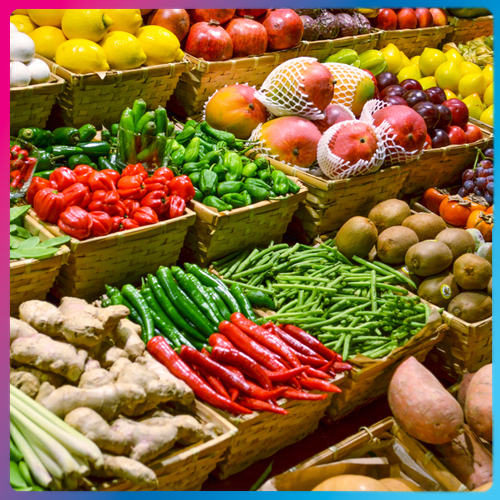

As we have an abundance of options of veggies and fruits. We should always Think and opt for colorful: spinach, cauliflower, carrots, and fruits like apples, oranges, and papayas.
These have fiber that help control your blood sugar.
2. Whole Grains
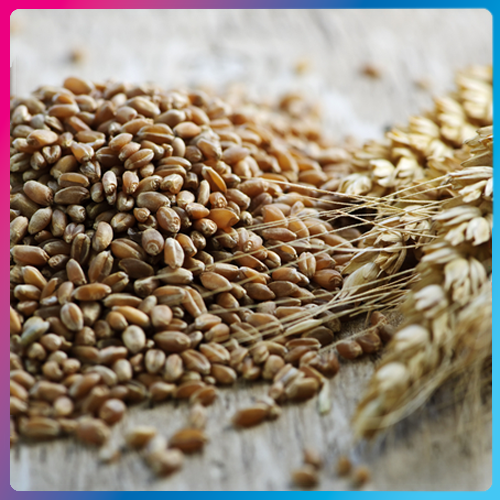

Instead of white rice, go for brown rice or whole wheat millets like jowar or bajra. Try whole wheat roti or paratha instead of white bread. These whole grains keep your blood sugar steady.
3. Lean Proteins
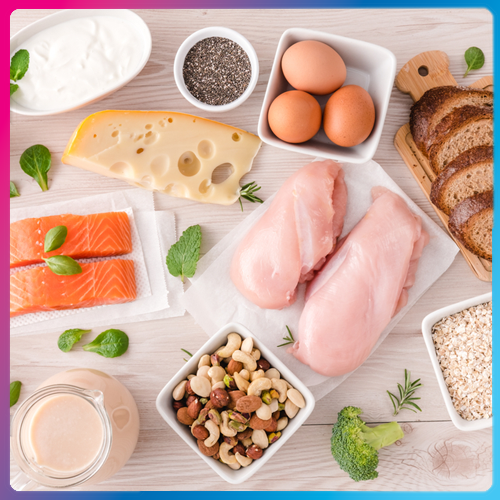

Indian cuisine offers various protein options. Chicken, fish, dal (lentils), beans, and tofu are great sources of protein that won’t mess with your blood sugar.
4. Healthy Fats
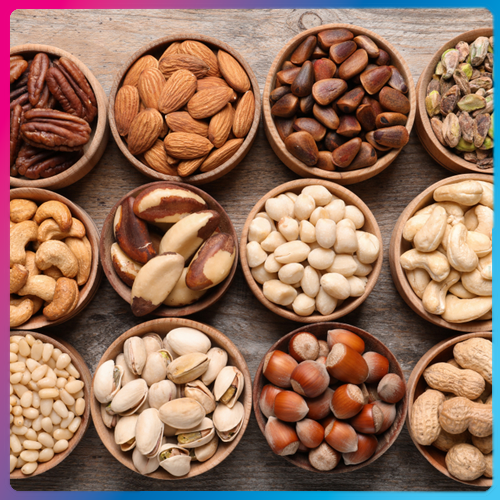

Nuts like almonds and walnuts are commonly eaten in India and have good fats that are good for you. Just don’t eat too many because fats still have lots of calories.
Foods to Avoid or Limit
1. Sugary Stuff
Indian sweets like gulab jamun, jalebi, and ladoos are delicious but can quickly raise your blood sugar. Enjoy them on special occasions but not daily.
2. Processed Foods
Avoid packaged snacks like chips, biscuits and instant noodles. Instead, enjoy homemade snacks like roasted chana (chickpeas) or Khakra or methi thepla etc.
3. White Carbs
Swap white rice with brown rice or millets. Choose whole wheat or lentil pasta or whole wheat noodles over regular ones.
4. Meal Planning
Indian meals can be very balanced. Try to have three regular meals a day and healthy snacks in between if you’re hungry.
For example:
Breakfast: Kickstart your day with a choice of traditional South Indian delights like Pesarattu with chutney, oats upma, or adai. Pair it with a side of yogurt for a wholesome meal. You can also include options like Bhajani thalipeet served with dahi or a flavorful omelette paired with chapati.
Lunch: Indulge in a delicious mix of North and South Indian flavors with options like dal, roti, and a vegetable curry or sabji of your choice and allowance for a satisfying lunch.
Dinner: For a light and balanced dinner, enjoy a fresh salad or a small serving of rice with your choice of curry chicken or pulao, fish, paneer sabji or gravy. Complete the meal with vegetable raita of your preference.
5. Snacking Strategies
If you want to snack, go for something with protein or fiber. How about some cucumber slices with hummus or a handful of unsalted nuts?
They’ll keep you full and help your blood sugar stay steady.
Indias top Diabetes nutritionists are here to help
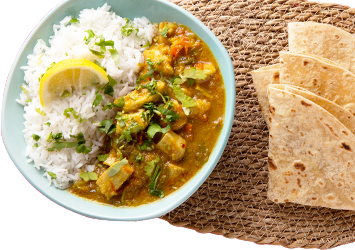

Some other snack options are
1. Masala Roasted Chickpeas
Toss cooked chickpeas with a blend of Indian spices like cumin, coriander, and turmeric, then roast them until they’re crispy. They provide protein and fiber.
2. Spiced Almonds
Roast almonds with a pinch of garam masala, chili powder, and a hint of salt( not too much) for a savory and crunchy snack.
3. Cucumber Raita
Prepare a simple raita by mixing diced cucumbers with dahi and a sprinkle of roasted cumin powder.
4. Sprouts Chaat
Boiled and spiced mixed sprouts, such as mung beans and chickpeas, make for a healthy and filling chaat. Add diced onions, tomatoes, and green chilies for extra flavor.
5. Paneer Tikka
Marinate cubes of paneer in a mixture of yogurt and tikka spices, then grill or bake until they are slightly charred. Enjoy with a squeeze of lemon.
6. Moong Dal Chilla
Make savory dosas using a batter of soaked and ground moong dal (green gram) mixed with herbs and spices. Serve with mint chutney.
7. Methi Thepla
These Gujarati flatbreads are made from whole wheat flour, fenugreek leaves, and spices. They’re a nutritious and tasty snack option.
8. Hard-Boiled Eggs
Hard-boiled eggs are a portable and protein-rich snack that can help stabilize blood sugar levels.
Remember, it’s essential to talk to your doctor or a dietitian about your insulin resistance diet. They can give you personalized advice to help you stay healthy while enjoying Indian cuisine.
FitterTake
So, there you have it – a simple guide to an insulin resistance diet, with a dash of Indian flavor. Eating right can make a big difference in managing insulin resistance and keeping your body in good shape.
To be certain, we suggest you also speak to our diabetes healthcare team, which has an expert dietician, physiotherapist and psychologist to understand the Insulin resistance diet and much more.
To learn more about Fitterfly’s Diabetes Care Program and how it can help you intelligently take control of your diabetes, speak to one of our counselors by just giving us a missed call at 08068507599, and we will definitely get back to you.
You can also try our diabetes reversal calculator to learn more about your journey towards a healthier lifestyle.
Wish to know more? Sign up for our program.
This blog provides general information for educational and informational purposes only and shouldn't be seen as professional advice.










